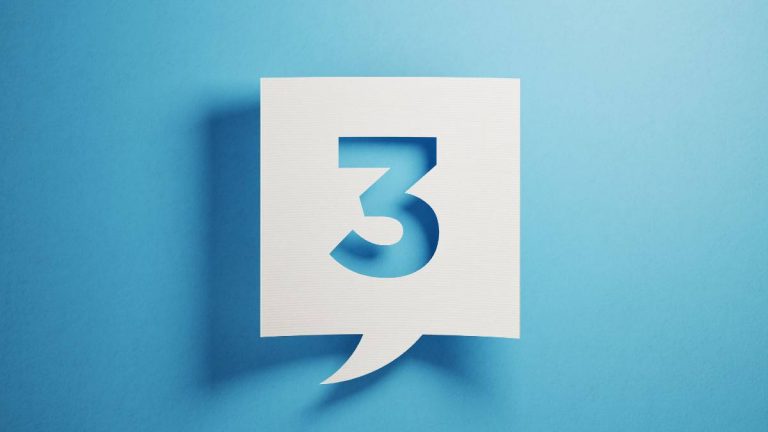Going to college in America often comes with a big price tag—and for most students, that means taking out loans. But student debt isn’t just a monthly bill—it can shape your future for decades.
This guide breaks down what student loans are, how they work, the pros and cons, and what to watch out for before signing anything.
The Basics: What Are Student Loans?
Student loans are money borrowed to pay for college or other post-secondary education. They’re meant to cover:
- Tuition
- Room and board
- Books and supplies
- Transportation and living expenses
Unlike grants or scholarships, loans must be repaid—with interest.
There are two main types:
- Federal student loans (from the U.S. government)
- Private student loans (from banks, credit unions, or other lenders)
Each type has very different rules, protections, and risks.
Federal Student Loans: The Safer Option
These are loans funded by the federal government—and they’re usually your best first step.
Key types include:
✅ Direct Subsidized Loans
- For undergrads with financial need
- Government pays your interest while you’re in school
- Lower borrowing limits, but safer
✅ Direct Unsubsidized Loans
- For undergrads and grad students
- Interest accrues while you’re in school
- Available regardless of financial need
✅ PLUS Loans
- For parents or grad students
- Higher borrowing limits
- Requires credit check and higher interest rates
Why federal loans are usually better:
- Fixed interest rates
- Income-driven repayment plans
- Deferment and forbearance options
- Eligibility for loan forgiveness programs
- No cosigner required
Private Student Loans: Riskier, but Sometimes Necessary
Private loans come from banks, credit unions, or online lenders. They should only be considered after you’ve maxed out your federal options.
Watch out:
- Higher (and variable) interest rates
- No forgiveness options
- No income-based repayment
- Often require a cosigner
- Fewer protections if you lose your job or fall behind
Still, private loans can fill funding gaps—especially for grad school or expensive programs. Just read the fine print and compare multiple offers.
How Much Can You Borrow?
Federal loans have annual and lifetime limits:
- Dependent undergrads: Up to \$31,000 total
- Independent undergrads: Up to \$57,500 total
- Graduate students: Up to \$138,500 (including undergrad debt)
Private loans may let you borrow up to the full cost of attendance, but again—just because you can borrow doesn’t mean you should.
The True Cost: Understanding Interest and Repayment
Let’s say you borrow \$30,000 at 5% interest for a bachelor’s degree. Here’s what you’re really paying:
- Monthly payment (10-year term): ~\$318
- Total repayment: ~\$38,000
- That’s \$8,000 in interest alone
Borrow more? Pay longer? Interest piles up fast.
The earlier you pay, the less you owe.
When Do You Start Paying Back Student Loans?
For federal loans:
- Payments usually start 6 months after graduation
- Or after dropping below half-time enrollment
You can pay earlier to save on interest—and you should, if you can.
Private loans vary. Some require payments during school, others offer deferment.
Repayment Plans: What Are Your Options?
Federal loans give you flexibility. Here are the main plans:
✅ Standard Repayment
- 10 years
- Fixed payments
- Pays off debt fastest with least interest
✅ Income-Driven Repayment (IDR)
- Payments based on your income (usually 10–15%)
- Terms up to 20–25 years
- May qualify for loan forgiveness after time
✅ Graduated or Extended Repayment
- Start with lower payments that increase over time
- More manageable at first, but cost more overall
Private lenders may offer fewer choices and less wiggle room.
What About Student Loan Forgiveness?
It exists—but it’s not guaranteed or easy.
The two big programs:
✅ Public Service Loan Forgiveness (PSLF)
- For people working in government or nonprofits
- Make 120 qualifying payments (10 years)
- Must be on an IDR plan and have Direct Loans
✅ Income-Driven Repayment Forgiveness
- Forgives remaining balance after 20–25 years on an IDR plan
- You may owe taxes on the forgiven amount
Loan forgiveness is real—but you have to follow the rules exactly. Miss a step, and you’re back to full repayment.
Tips to Avoid a Lifetime of Debt
Here’s how to borrow smart—and stay in control:
✅ Know Your Total Cost
Don’t just look at tuition. Add up:
- Housing
- Books
- Food
- Travel
- Fees
Use this to decide how much to borrow—not just what the school says you “can” take out.
✅ Borrow Less Than You’re Offered
Just because you’re approved for \$20,000 doesn’t mean you should take it. Borrow the minimum you need.
✅ Work During School If You Can
Even 10–15 hours/week can reduce what you need to borrow. Look for:
- Federal work-study jobs
- On-campus positions
- Freelance/online gigs
✅ Apply for Scholarships and Grants Every Year
Free money is still out there—you just have to hunt for it. Don’t stop applying after freshman year.
✅ Start Paying Interest While in School
For unsubsidized or private loans, interest accrues even during school. If you can pay even \$25/month, it adds up and reduces your total balance later.
The Bottom Line: Borrow Carefully, Repay Smart
Student loans aren’t evil—but they are serious. Done right, they’re an investment in your future. Done wrong, they can limit your options for years.
Here’s the simple strategy:
- Start with federal loans, not private
- Only borrow what you absolutely need
- Understand your repayment options before you graduate
- Explore forgiveness—but don’t count on it
- Pay early, even in small amounts
Need help planning your college funding?
I can help you build a custom borrowing strategy, compare loan options, or break down what your repayment will really look like.
Just ask. You shouldn’t have to figure this out alone.



